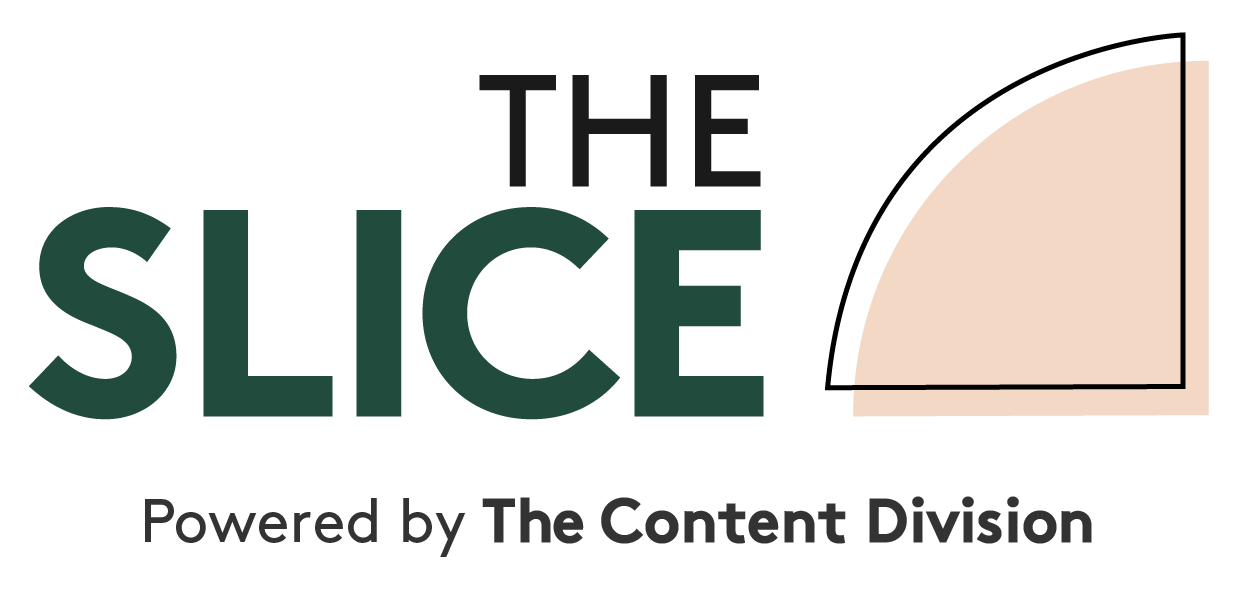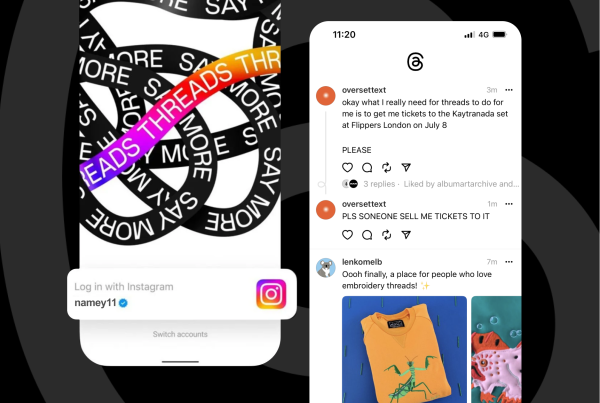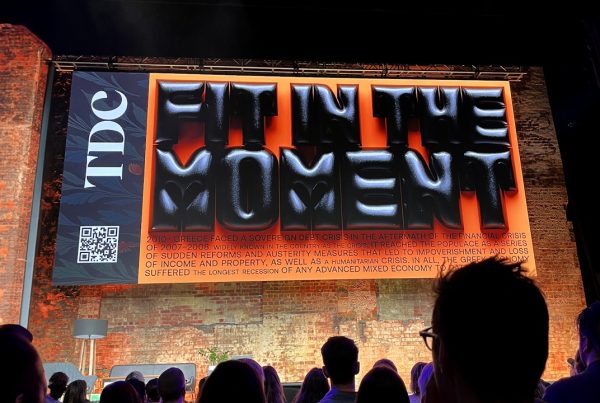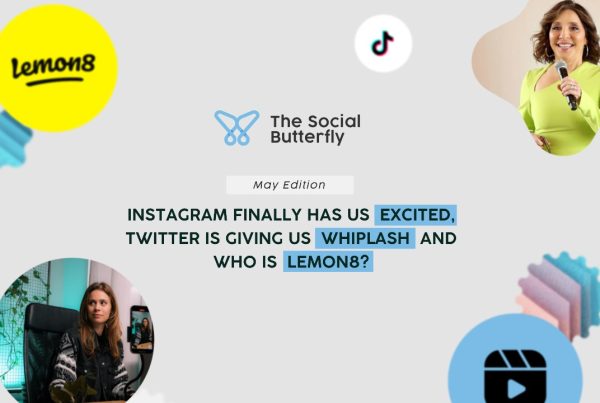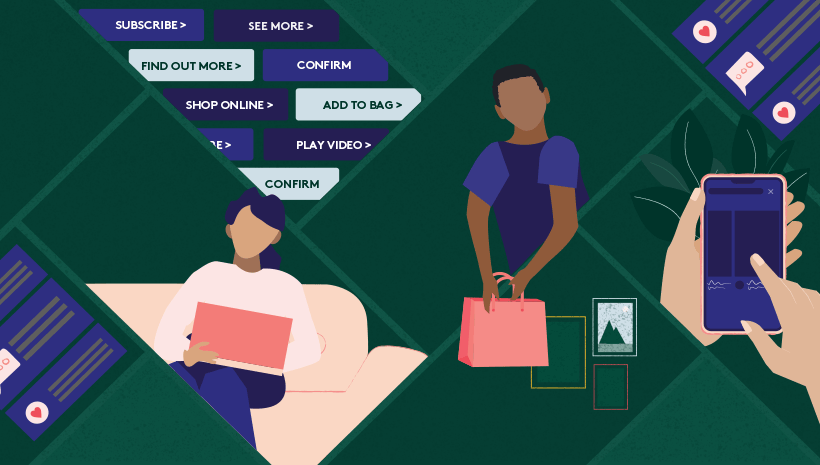
Squirrel!
If you’ve seen the Pixar movie Up, you’ll remember the loveable dog whose attention span was derailed by the mere glimpse of a squirrel.
And if you run an e-commerce business, you’ll be horrified to know that that dog is just like your average customer.
So easily distracted. So keen to actually not spend money with you given the chance. Biologically tuned to search for an easier path than the one you’ve created.
And it is a path – but it can quite easily become a pinball machine if you don’t invest time and content budget in making that path as easy and as intuitive as possible.
Here’s what you can learn from this one brand that does an insanely good job of selling online.
A brand that goes the extra tile
TileCloud sells tiles online. A lot of them. For an extremely tactile, permanent purchase (tiles are very hard to remove, if you didn’t know) selling them through an e-commerce platform is pretty bloody hard.
But from start to finish, TileCloud have nailed and anticipated how their customers want to shop with them that the business has become a go-to for many in the consideration and purchase phases of buying tiles.
Leaving out the fact the company’s social media and remarketing tactics are outstanding, the e-commerce platform has customer engagement in its DNA.
Categorisation their customers didn’t know they wanted
When you arrive at TileCloud’s website, depending on how you got there, the options for finding what you want feel intuitive and extremely useful. The home page is guilty of having multiple sliders that don’t add much value however the menus are categorised by colour, shape, material, room use and pattern. It even lets you categorise and shop by its Instagram feed – truly covering all of the bases in terms of how people think about shopping for tiles, and even adding more options that they may not have thought of.
The key here is to not just categorise products by what customers say they want, but extrapolate and offer practical, emotional and intent-based categorisations based on their behaviour. In particular in this category, shopping by Instagram is incredibly clever especially when you keep them on your own site.
Content that answers every question, eases fear
As mentioned before, the barriers to buying tiles online are huge. People want to see them, visualise them in their homes, experience the choice they may make in a deeper way.
When you go to a tile shop you can touch things, feel them in your hands, see how the light bounces off them from different angles. TileCloud has taken that experience and made the next best thing on its website.
When you land on a product page, you’re greeted with a flurry of well organised written and visual information that aims to not just answer every question you have, but ease your fears about that purchase.
Yes, the product descriptions are in-depth, useful and tell you everything you need to know such as delivery times, the best ancillary products to use with them and more.
But the visual content – the imagery, videos and in situ photographs – are where these pages really shine. You see how the products look in different light, with different backgrounds and surrounding colours, and with different furniture. You see different tiling patterns, different sizes, sample sizes and more.
There are clear and decisive calls to action (and only a few – not so many that you bail out) that are designed to drive you further down the purchase funnel. Basically, everything that exists on the page has a purpose, and collectively they answer questions and ease fears.
The key takeaway here is to present product information in multiple content formats and in a way that mirrors the behaviour a customer would make when they are physically purchasing that product. Content marketers will tell you over and over again that good e-commerce platforms answer questions. But the great ones also ease consumer fears.
From digital to physical
Not every brand needs to do this, but TileCloud makes it very easy for their customers to feel their products. Apart from “Add to cart”, one of the most prominent calls to action on their site is to order samples. Or more specifically, order “5 samples for $15”. They know their customer so well that putting the products in their hands has become one of the strongest proof points on the platform, apart from inspo photos.
It’s nothing new – tile shops give out samples every day. But the company knows just how important it is to get something physical in their customers’ hands, that regardless of whether they order samples or not it shows the customer that “this can be in your hands really quickly if you want it”. And hello? Data acquisition. Imagine getting the exact name, address, phone number and email address of someone in the evaluation and conversion phases of buying your product.
I’d argue it’s even better than feeling the product in store.
Super helpful conversion content
It feels like it should be left unsaid but letting people pay with the fewest amount of clicks possible is a no-brainer. But it still happens, and it’s probably one of the biggest reasons people bail on their carts.
For TileCloud, this step is crucial because people are idiots, and I mean that with love.
If you’ve never bought tiles before you probably wouldn’t know the best tile waste ratios to cater for, or the products you need to go with them. TileCloud efficiently and smoothly asks if you have that order exactly right – and offers quick ways to check such as a basic calculator – before giving you some great payment options that are quick and cater to most buyer types.
Again, it feels like it should be left unsaid but the litany of terrible checkout experiences out there would suggest otherwise.
An actual brand worth remembering
Apart from these structural and e-commerce things that quite clearly do the job well, TileCloud has a great brand, and great top-funnel content to promote it. Without asking them, I would suggest that a brand survey would reveal really strong unaided brand recall and really strong consideration for their products and company. And it’s something a lot of companies ignore when they formulate their strategy.
Brand content is vital – it makes people remember you if and when they need you, and it convinces them to pay more for you over their competitors. Small business is terrible at it, but they shouldn’t be.
And that’s advice worth adding to your cart.
